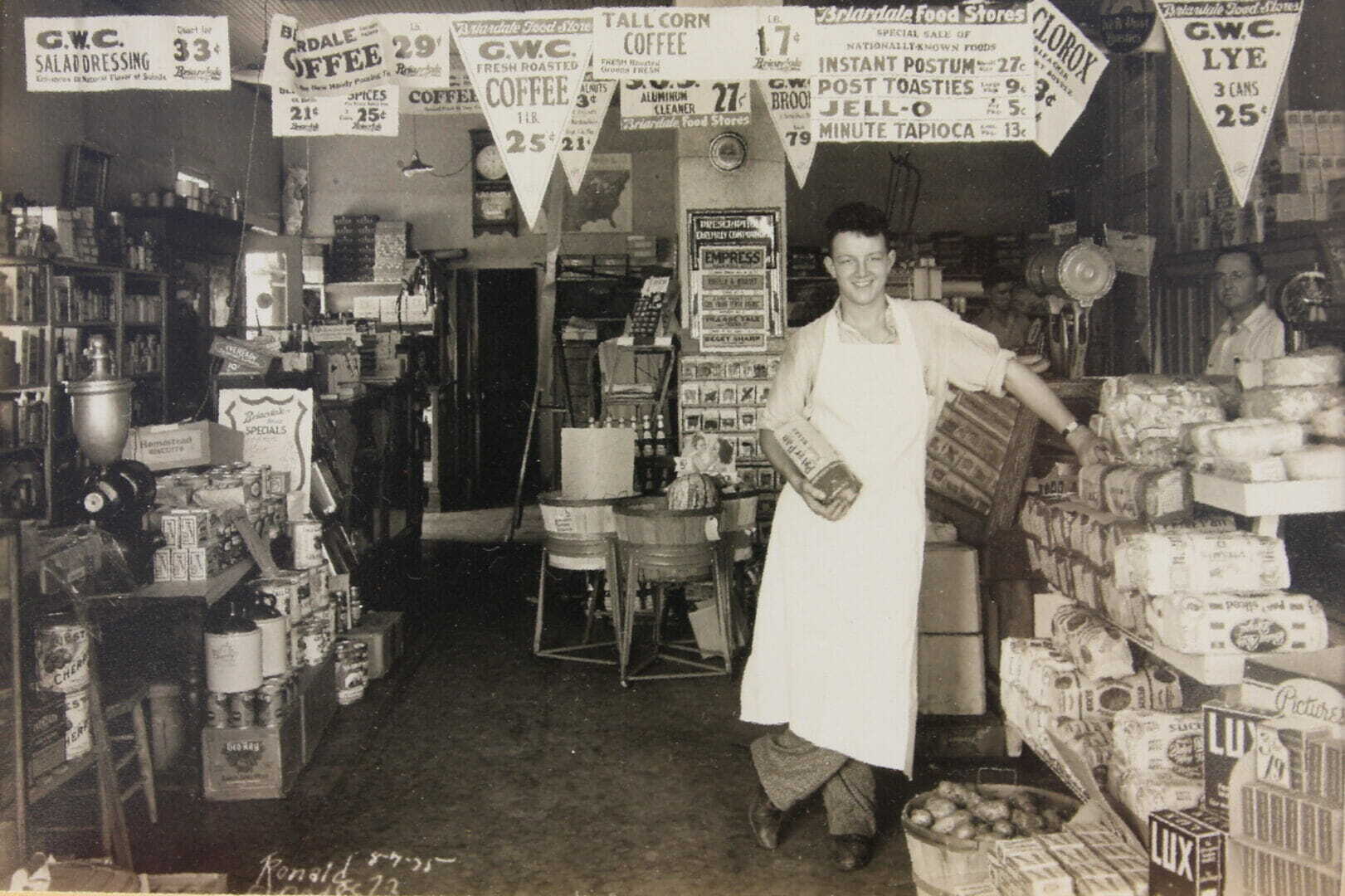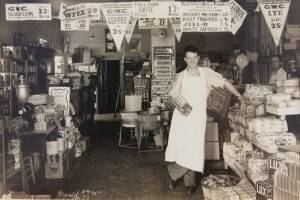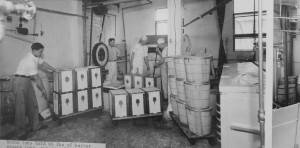As one year comes to an end and people around the world make plans to usher in a New Year, we find ourselves taking stock of all that happened in 2015 and resolving to make improvements in the year ahead. Did you know that only 45 percent of Americans usually make New Year’s Resolutions and only 8 percent actually achieve their resolutions?
Talk about a sobering fact! I honestly was surprised and did a little more digging. My theory is that the reason so many people don’t achieve their resolutions is because the type of resolutions they’re setting. These were the Top 5 Resolutions for 2015:
- Lose Weight
- Get Organized
- Spend Less. Save More.
- Enjoy life to the fullest. (Really… what does this mean?)
- Stay fit.
Any former 4-H’er can glance at this list of “resolutions” and realize that a person is more apt to have success by setting “SMART “goals. Leadership for Dummies states the following characteristics make up the SMART acronym:
- Specific: Each goal specifies your target exactly. Saying you want to lose 10 pounds is more specific that merely “lose weight.”
- Measurable: One of the big problems with setting goals is being able to evaluate success. Saying you want to “lose 10 pounds by March 15” is more specific and measurable.
- Achievable: A goal that is within your reach increases motivation. Saying you want to lose 10 pounds by January 15 is probably not achievable (nor healthy). If you weigh yourself regularly and see that you’re losing a pound or so per week, that will motivate you to watch what your diet and continue your exercise program in the week ahead.
- Realistic: A realistic goal is one that you have the resources to realize.
- Time: SMART goals are written with an end in mind. If you don’t have a deadline, the goal is too vague and the target is unclear. Time is a motivational factor in achieving goals. (I want to lose ten pounds is a goal. But I want to lose ten pounds by Spring Break provides a deadline.)
Why Set Goals? Successful people – whether they’re top-level athletes or business owners – have goal setting in common. Setting goals creates long-term vision and short-term motivation. For example, my son aspires to take his basketball game to the next level. He’s in eighth grade, but he aspires to play basketball in college. He’s motivated enough to create his own year-round workout schedule, however, he really needs to “get his head in the game.” He needs to be as mentally prepared as he is physically prepared.
In the book Mind Gym, it states that extraordinary people live their lives backwards. They create a future and then live it by how they A.C.T.:
| · A = Accept present state. Understand your strengths and weaknesses.
· C = Create your desired state. What’s your dream? Close your eyes and really envision where you want to be and what you want to be doing. Write down your desired state. · T = Take action steps to be there. Success is a journey of step at a time.
|
What goals are you setting for 2016? In yesterday’s blog post, Mark Grundmeier wrote about the record-breaking yields achieved in 2015. Great yields don’t just happen, as we all know. Great yields require planning that begins with seed selection and seed treatment to fertility programs, as well as weed and pest management.
At Latham Hi‑Tech Seeds, we’d appreciate an opportunity to work with you on a FieldXFieldSM basis for the 2016 planting season. We’d appreciate an opportunity to write down your production goal and help develop a plan to achieve it. Email or call 1-877-G0-LATHAM (1.877.465.2842) to schedule an appointment with a Latham® representative!
Related Posts:

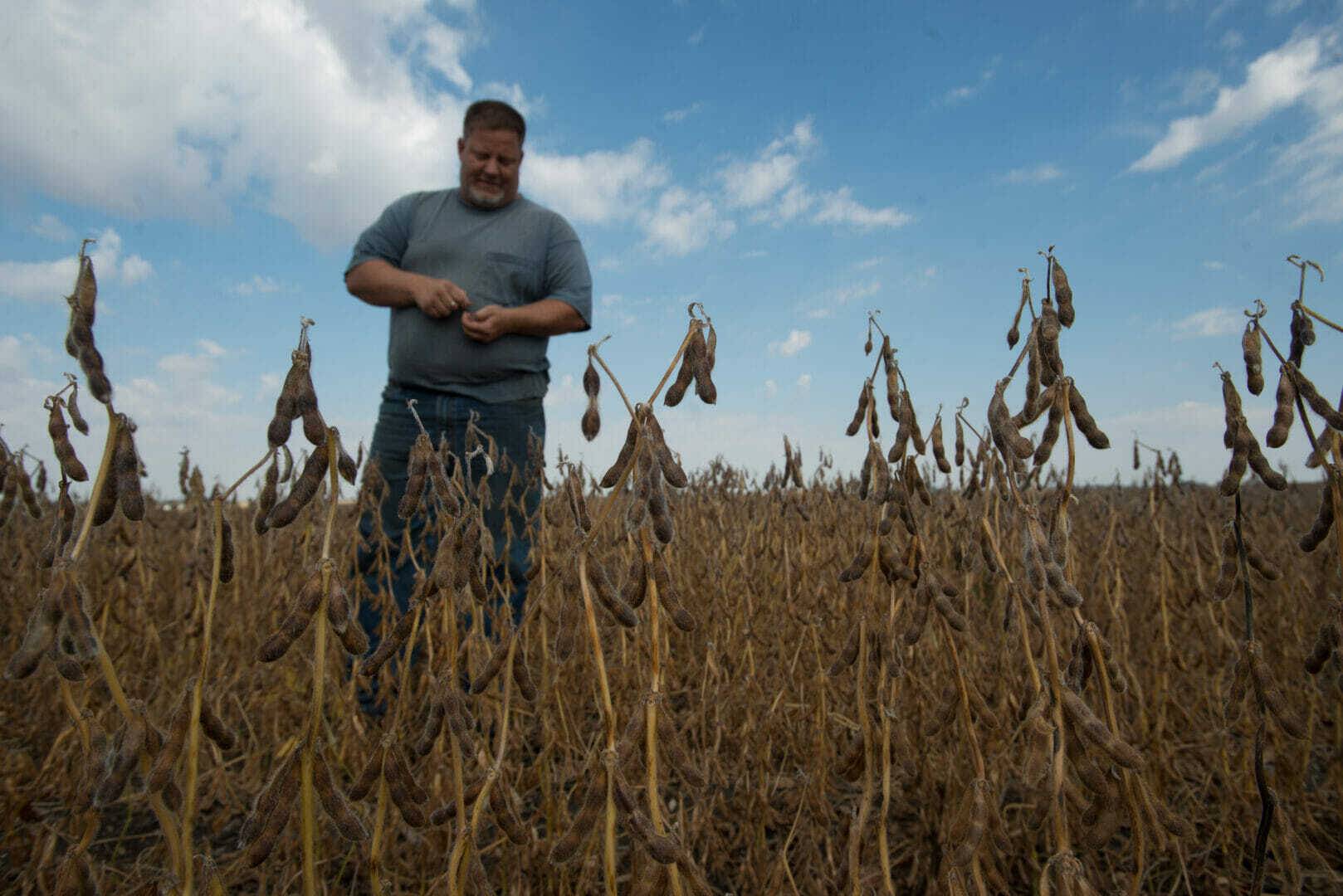
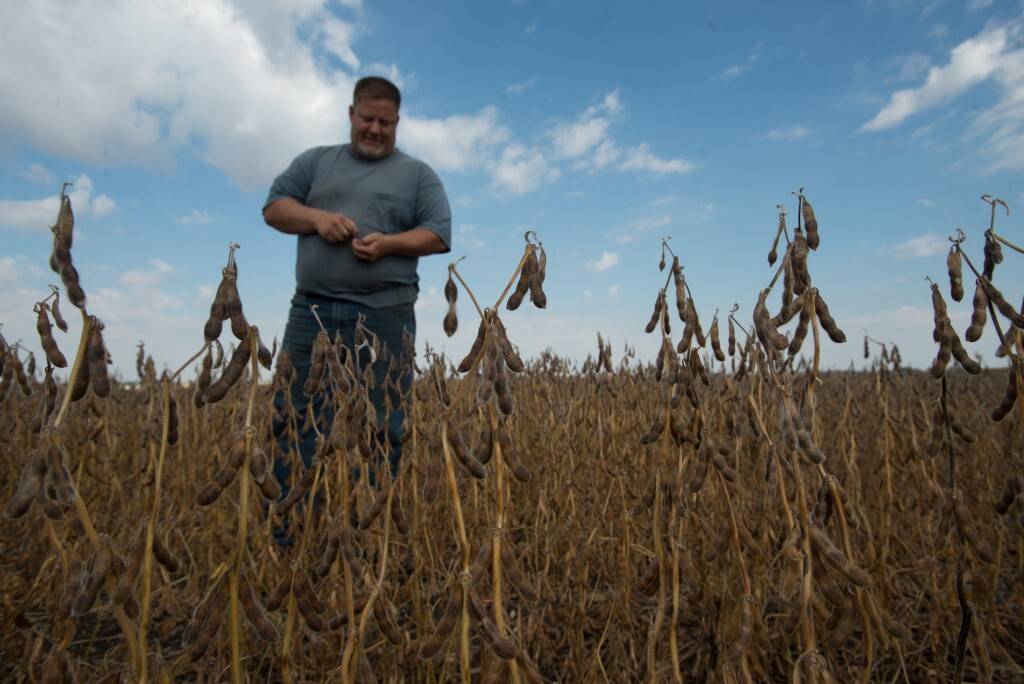
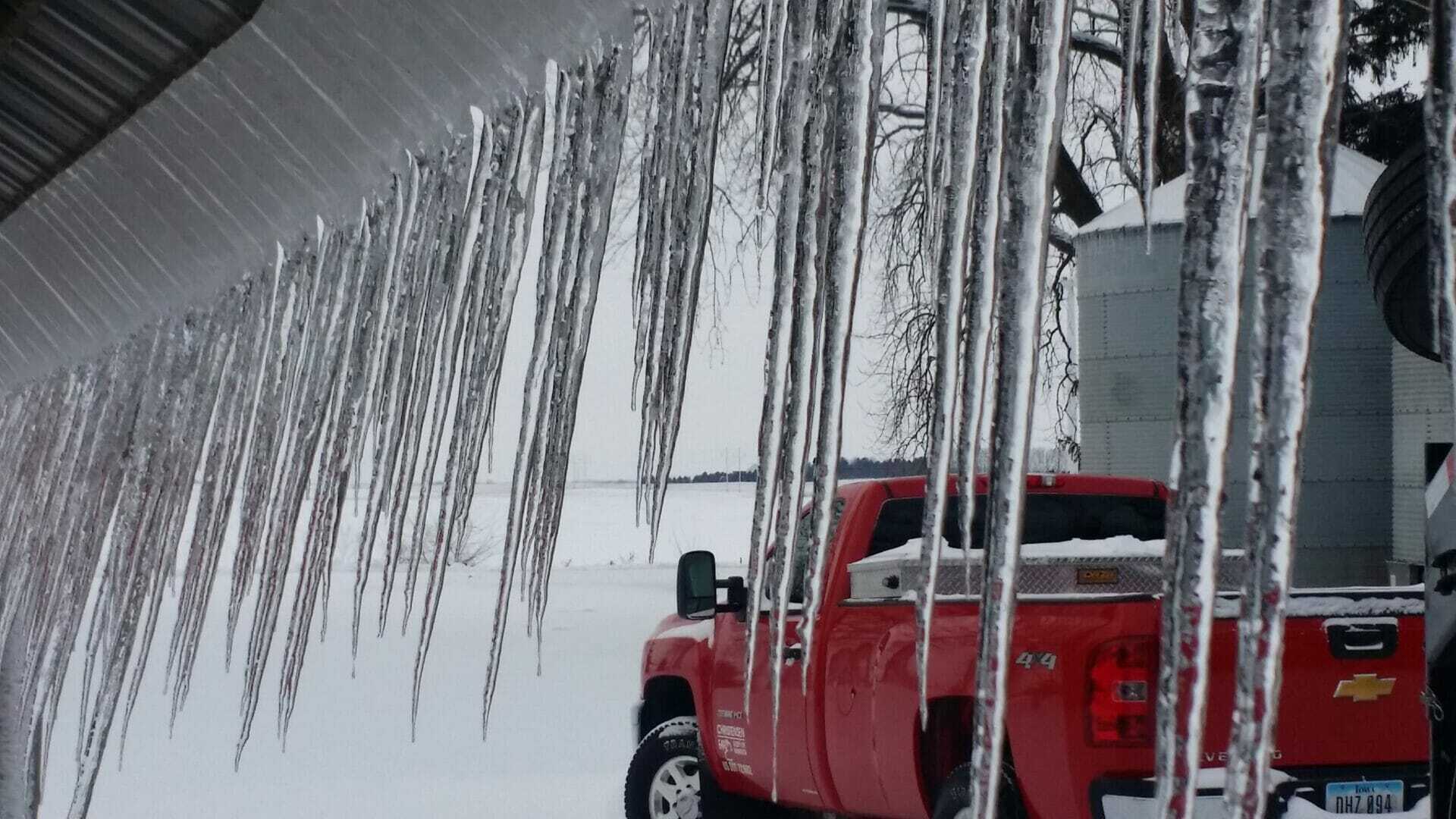
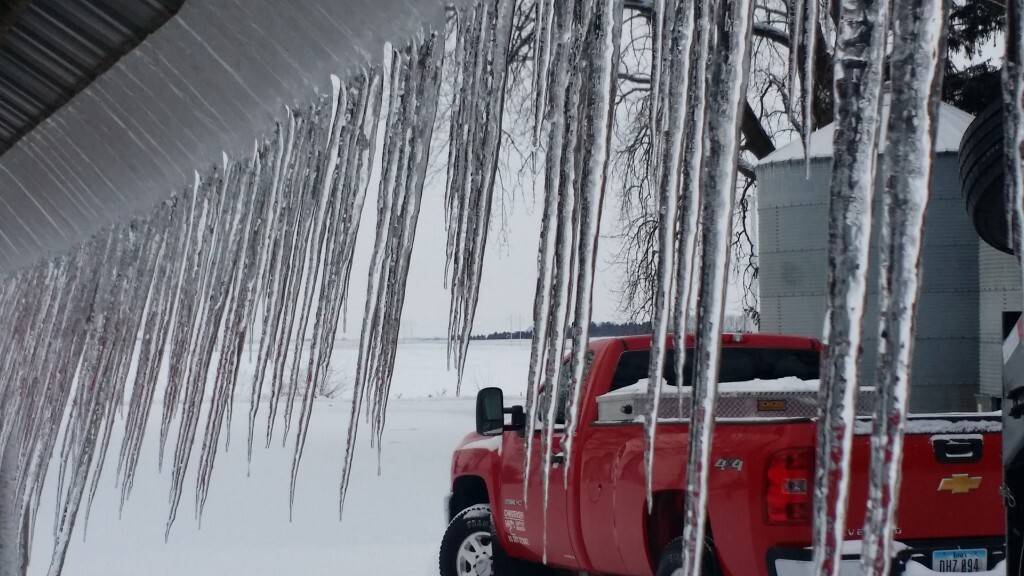

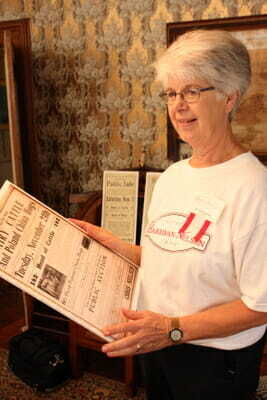
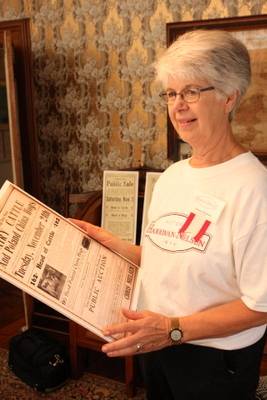

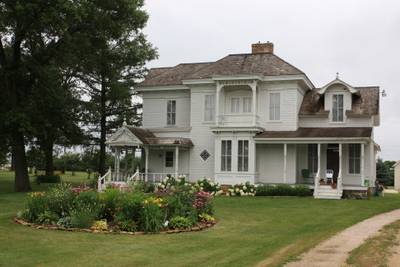


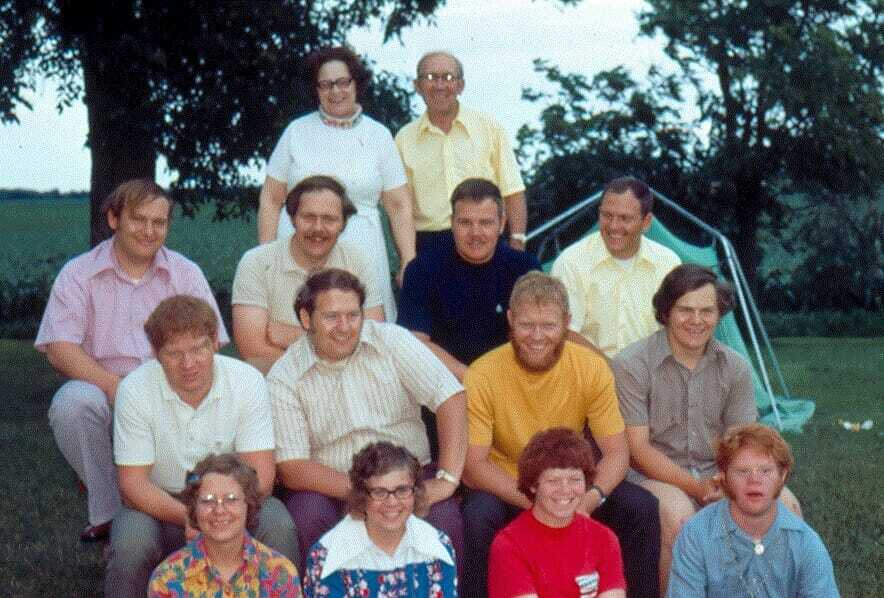



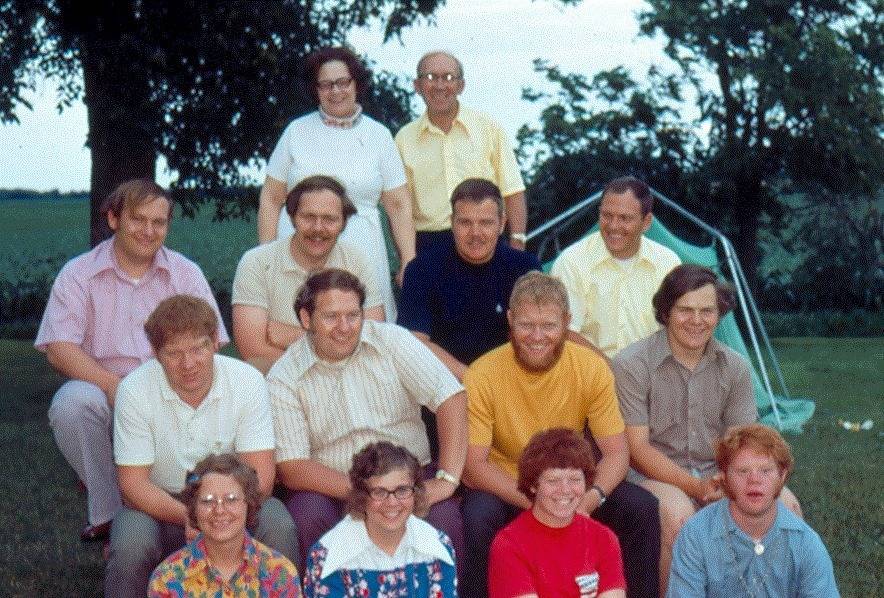




 together in a recipe! This recipe is one that has been adapted from year to year, and I’m happy to say my mom and I now have it down pat! I think these are best right out of the oven. Your mouth will be overwhelmed with the perfect combination of chocolate and mint in consolidation with a chewy cookie that will leave you reaching the pan for another one!
together in a recipe! This recipe is one that has been adapted from year to year, and I’m happy to say my mom and I now have it down pat! I think these are best right out of the oven. Your mouth will be overwhelmed with the perfect combination of chocolate and mint in consolidation with a chewy cookie that will leave you reaching the pan for another one! This recipe includes cream cheese and no baking soda, resulting in a delicate and delicious sweet sugar cookie. They are fun and easy to make with friends or family, making a memorable bonding activity! You won’t regret trying this recipe…it might even turn in to one of your favorites!
This recipe includes cream cheese and no baking soda, resulting in a delicate and delicious sweet sugar cookie. They are fun and easy to make with friends or family, making a memorable bonding activity! You won’t regret trying this recipe…it might even turn in to one of your favorites! staple cookie of holidays everywhere. The result of this recipe is a very light and soft cookie with a pleasant taste of peanut butter accompanied with a chocolate star. You can even replace the chocolate star with red and green M&M’s, peanut butter chips or caramel filled kisses!
staple cookie of holidays everywhere. The result of this recipe is a very light and soft cookie with a pleasant taste of peanut butter accompanied with a chocolate star. You can even replace the chocolate star with red and green M&M’s, peanut butter chips or caramel filled kisses!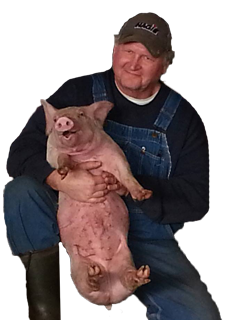
 rt, you could miss out on the true meaning of Christmas and find yourself feeling totally inadequate or else
rt, you could miss out on the true meaning of Christmas and find yourself feeling totally inadequate or else 